Technicolor’s Mill Film has teamed up with director Joachim Rønning to bring back Disney’s favourite fairy godmother in Maleficent: Mistress of Evil, the sequel to the 2014 live-action retelling of Disney’s Sleeping Beauty, starring Angelina Jolie as eponymous Maleficent. Rønning once again collaborated with Production VFX Supervisor Gary Brozenich [having previously worked together on Pirates of the Caribbean: Dead Men Tell No Tales] along with Mill Film’s VFX Supervisor Laurent Gillet to bring the fantasy-filled world of Maleficent to life.
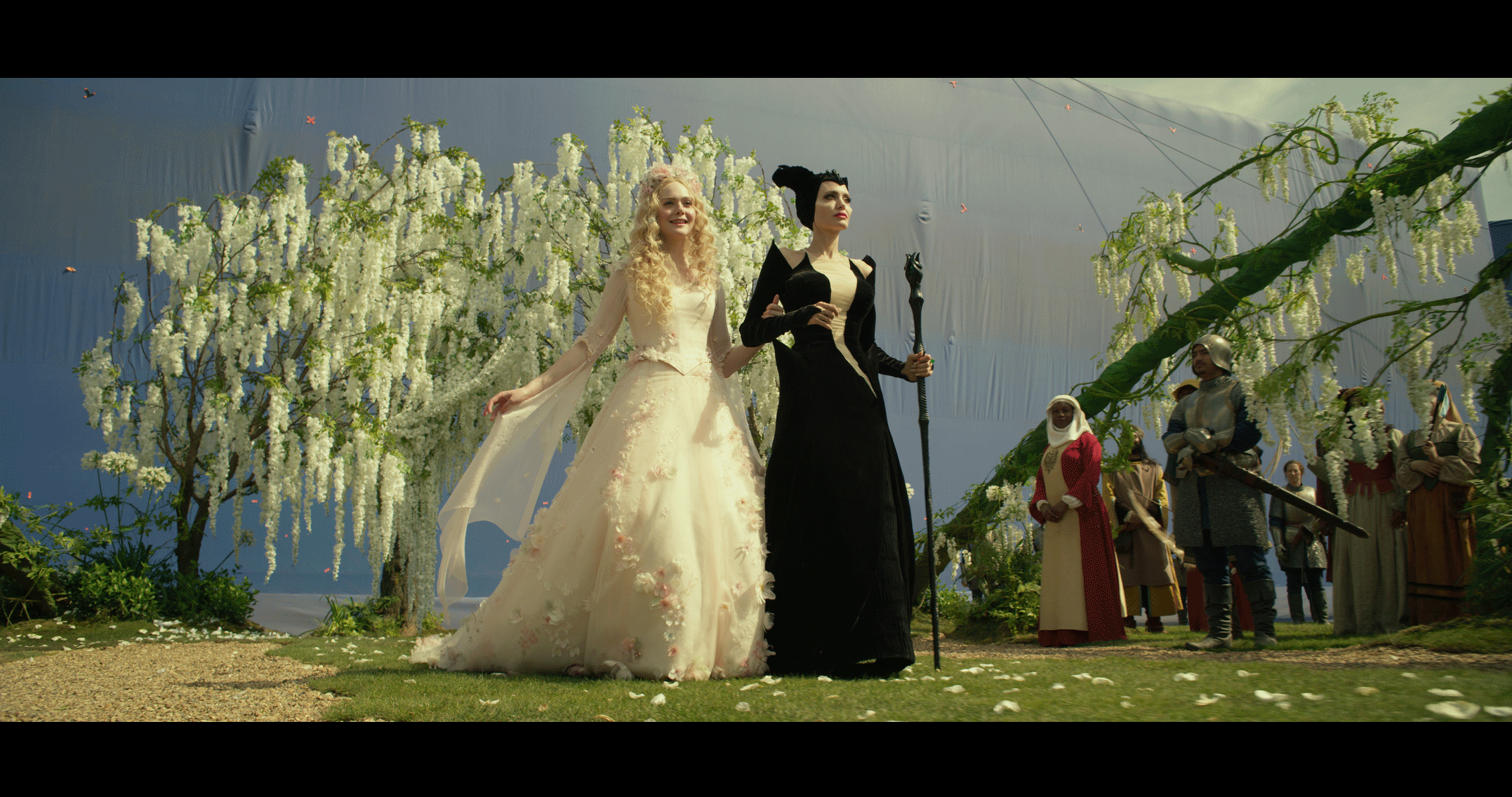
One of the most challenging environments in Maleficent: Mistress of Evil for the team was the Dark Fey Nest – an island-inspired from an erupted volcano in the middle of the sea. The Mill Film crew used references of lava spikes, tundra, and forest to create the rugged interior and exterior terrains of the nest environment. The result is a dark and moody almost cave-like micro-universe, which draws the audience deep into the world of the Fey. “The nest was such a great challenge to work on, as there were both extreme close-ups and wide angles that required us to build a variety of different models and materials. We employed a combination of 2D and 3D elements which allowed us to work across any scenario – so it meant we had to actually design what the home of the Dark Fey could look like, even though the cameras never made it there,” explains Mill Film CG supervisor Sergey Kononenko.
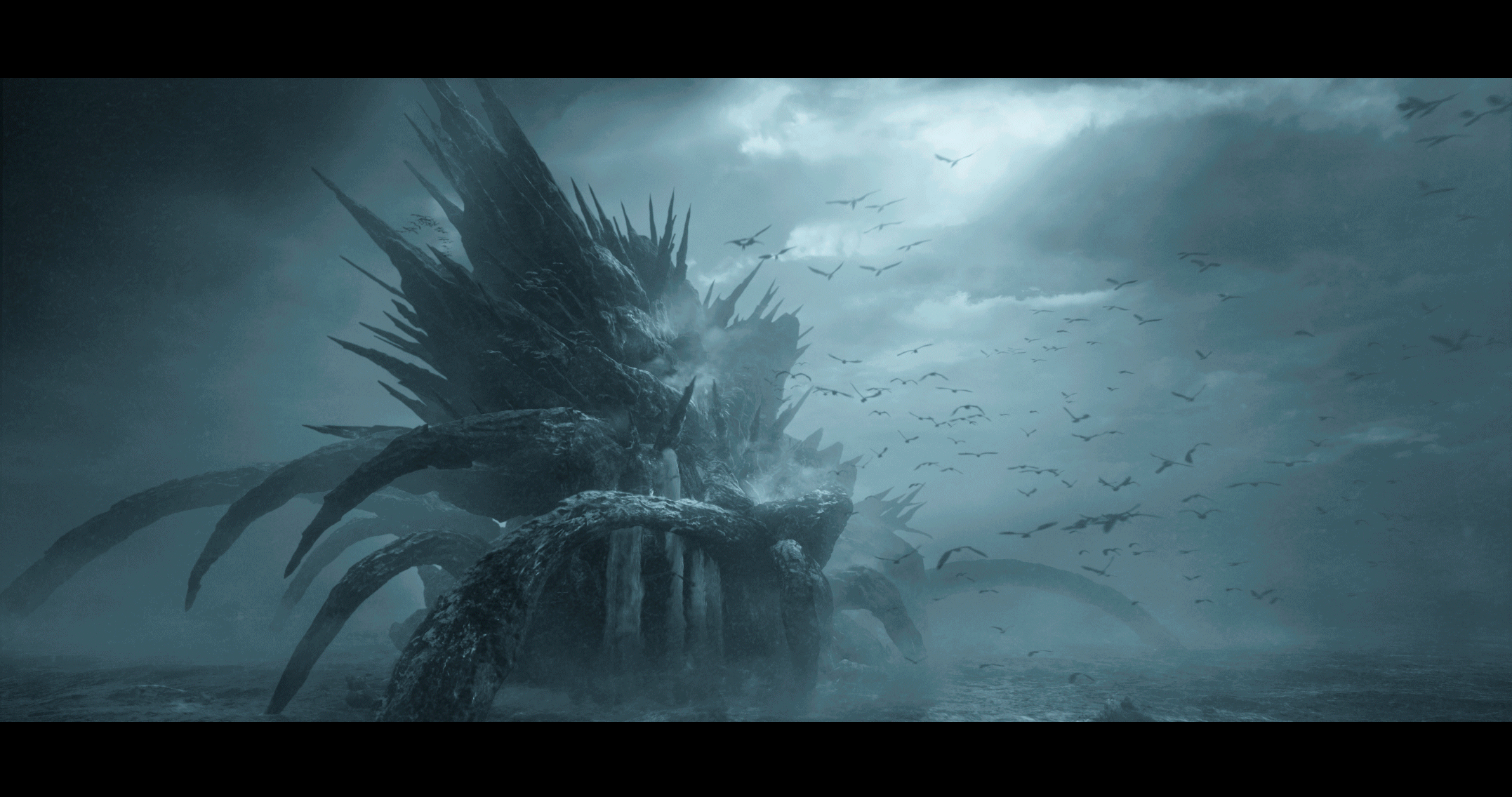
When it comes to working for a team of blockbuster clients, Mill Film’s Producer Marie-Eve Authier and Compositing Supervisor Gaëlle Bossis explain what allowed the team to form the connections it took to deliver Disney-grade work within the studio’s first year of operation: “Gary is one of the best VFX Supervisors I’ve had the pleasure of working with. Both Marie-Eve and I had previously worked together on Pirates of the Caribbean: Dead Men Tell No Tales, so we were excited to hear we’d be working together again on Maleficent this year. He knows exactly what his director wants, how to express it, is opened to new suggestions and was concise with his notes” explained Bossis. To Authier it’s about establishing great communications with the studio’s clients and looking to create longer-term relationships: “It’s great when we get to work with clients like Gary who allow the studios they work with to open up and create that dialogue and partnership – while keeping things creatively challenging for everyone – that’s exactly what keeps this industry growing.”
In an exclusive conversation with AnimationXpress with Film’s VFX supervisor Laurent Gillet, Mill Film’s producer Marie-Eve Authier and compositing supervisor Gaëlle Bossis we get exclusive access to knowing more about the BTS of the movie Maleficent: Mistress of Evil.
How did you get associated with the project?
Gillet: I joined the project at the beginning of 2019 when Mill Film was brought on board, not long after post-production began.
Authier : Maleficent was my first project at Mill Film as well as being the first Disney project to be delivered by the company. It was both a challenge and the thrill to work once again with Director Joachim Rønning and VFX Supervisor Gary Brozenich as I had the pleasure to work with them in the past on Pirates of the Caribbean. From the moment I received my mandate, I knew that it would be a great project!
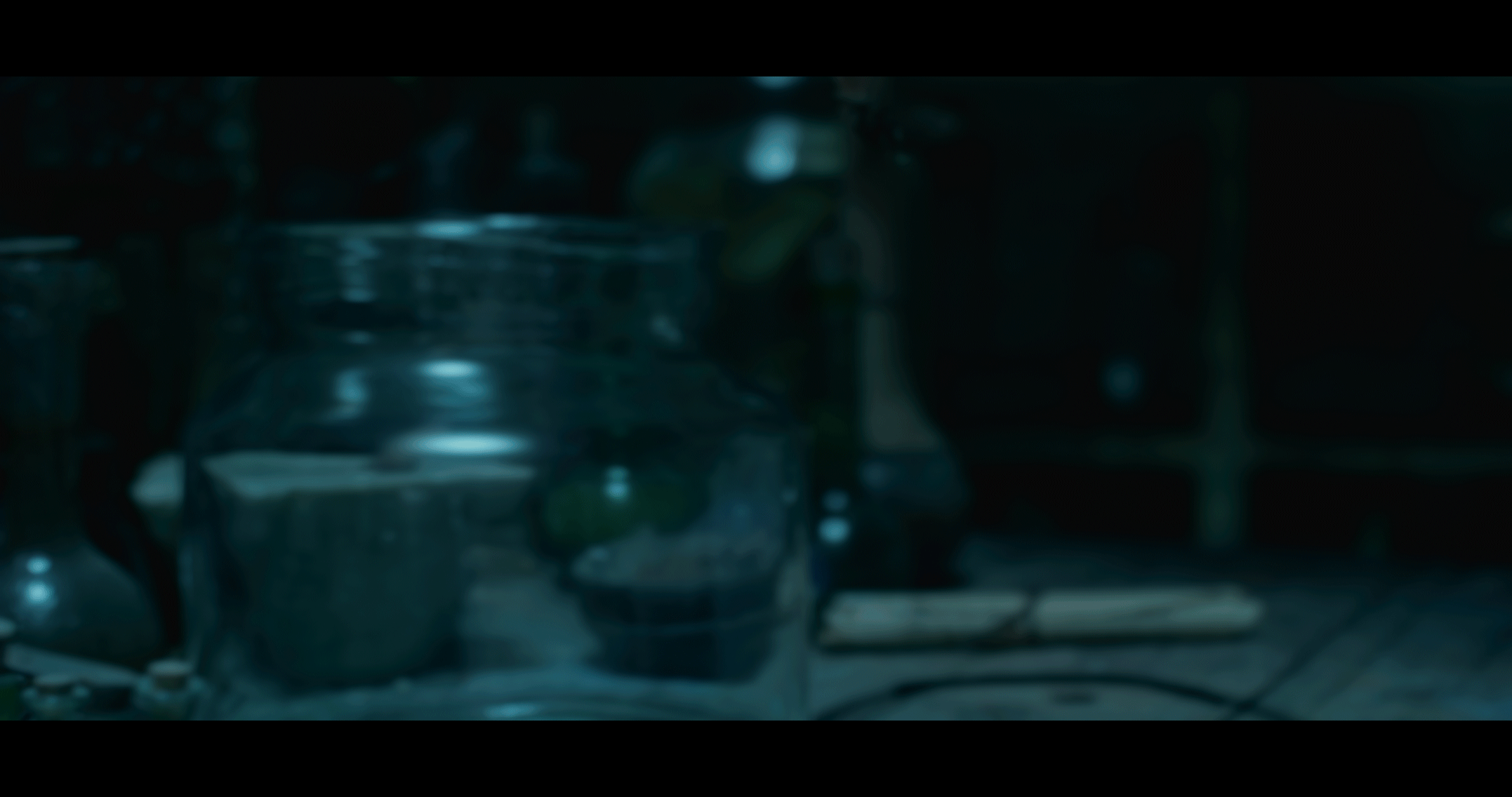
How did you approach it when you were first introduced to it?
Gillet: MPC had already worked up concepts, and we had to quickly wrap our heads around briefs and catch up on the previous months of production. That made establishing clear lines of communication amongst ourselves key, along with ingesting client turnovers/briefs, diving into the concept art and references, and understanding the characters, environments and main challenges to come. One of the more obvious first steps was to watch the first opus all over again to get back into this fairy universe.
Authier: The first step in my approach was to get as close as possible to our co-workers at MPC who were the lead vendor. Being sister companies, the relationship allowed us to acquire a ton of knowledge in a short amount of time. We were able to partner together on much of the work, and having them stand by us ensured that we always had the support we needed to get the ball rolling quickly.
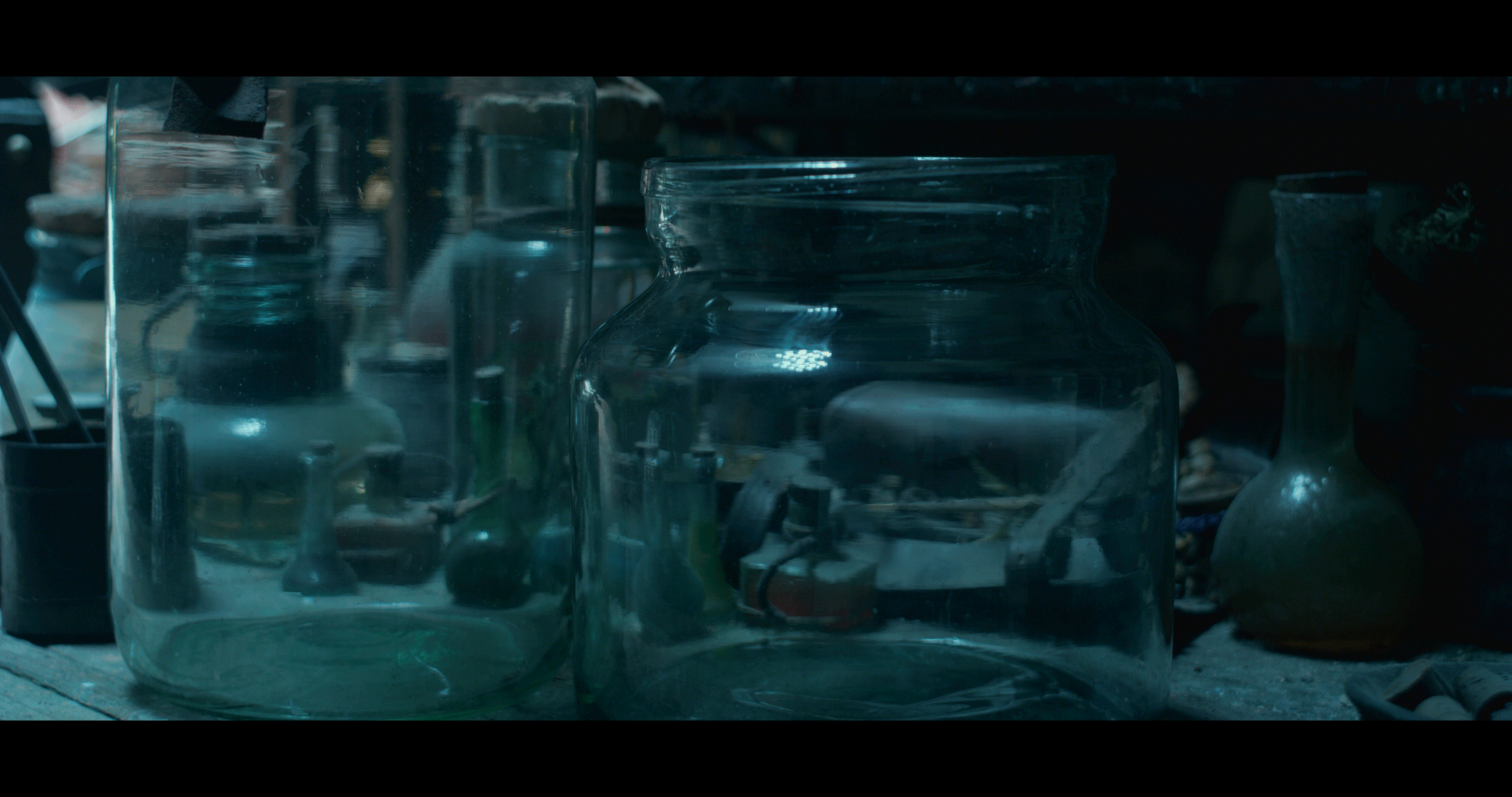
Can you share how many VFX/ CG shots are there in the movie? How long it took in the post-production?
Authier: We delivered a total of 332 shots within those 316 required CG. We took approximatively 5 months to render the CG. This includes setting up the sequences, rendering multiple iterations, addressing client retakes and stereo renders.
If you could share a little what are the unique VFX techniques and trends followed by your the team in the movie?
Bossis: The big challenge in compositing is to work the key shots in Montreal and explain our techniques to our Bangalore teams so that they can follow our work. Our colleague Kamalakkannan Vairakkannu (2D sup in Bangalore for Mill Film) has been a great teammate during the whole show. We spoke a lot every day to ensure our Bangalore team knew what was going on in Montreal. It’s not so much of a trend, but communication was the key to this project. We had a great relationship with them and are really happy with the work they delivered.
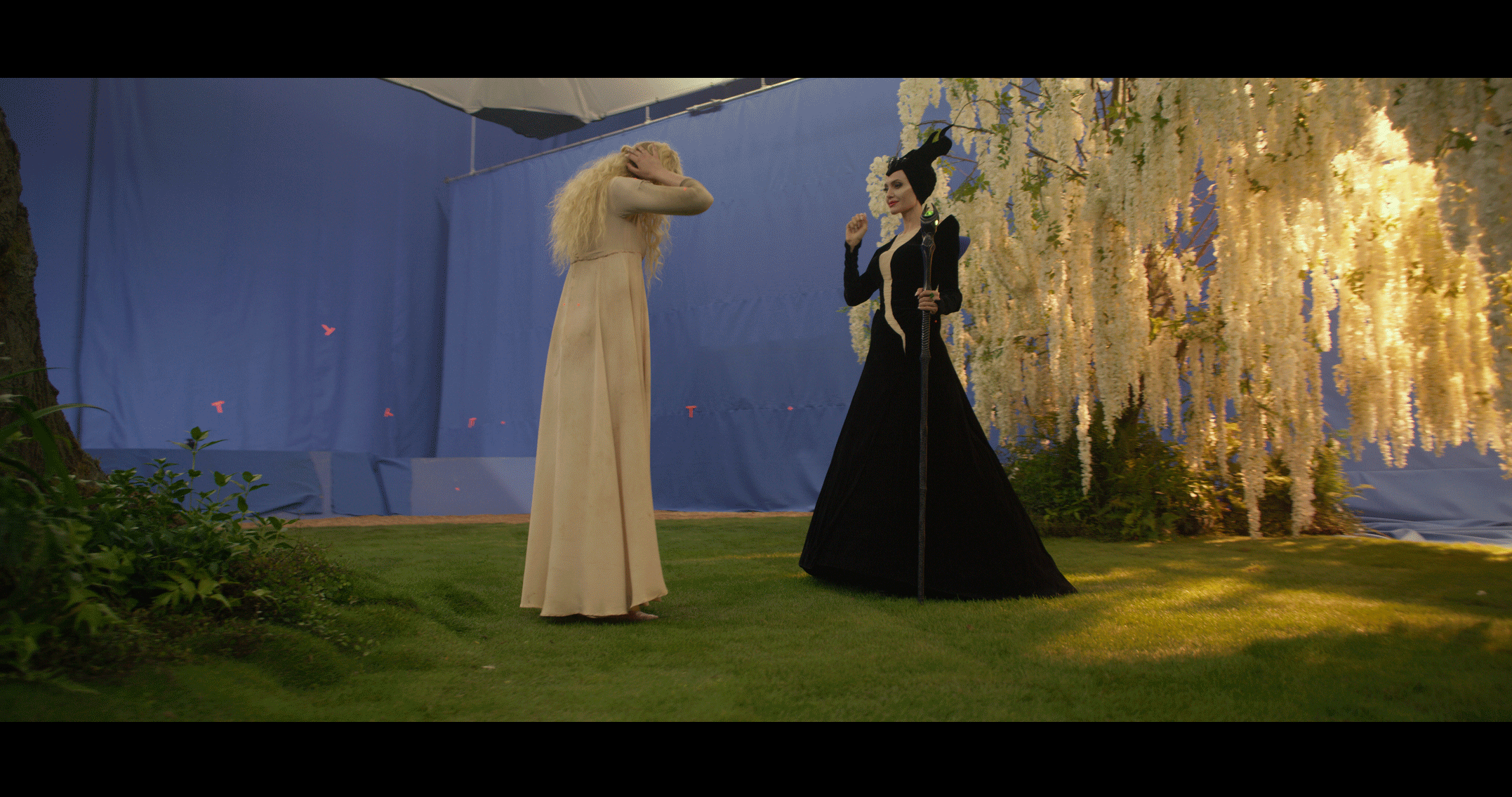
Will you enlighten us about the environment creation of Moors?
Authier: Mill Film didn’t work on the Moors. But we did work on the Dark Fey Nest/Island. We collaborated with Gary and the Technicolor concept art team to bring to life Joachim’s vision. There were multiple back and forths, as always – but I think the final product is something truly unique
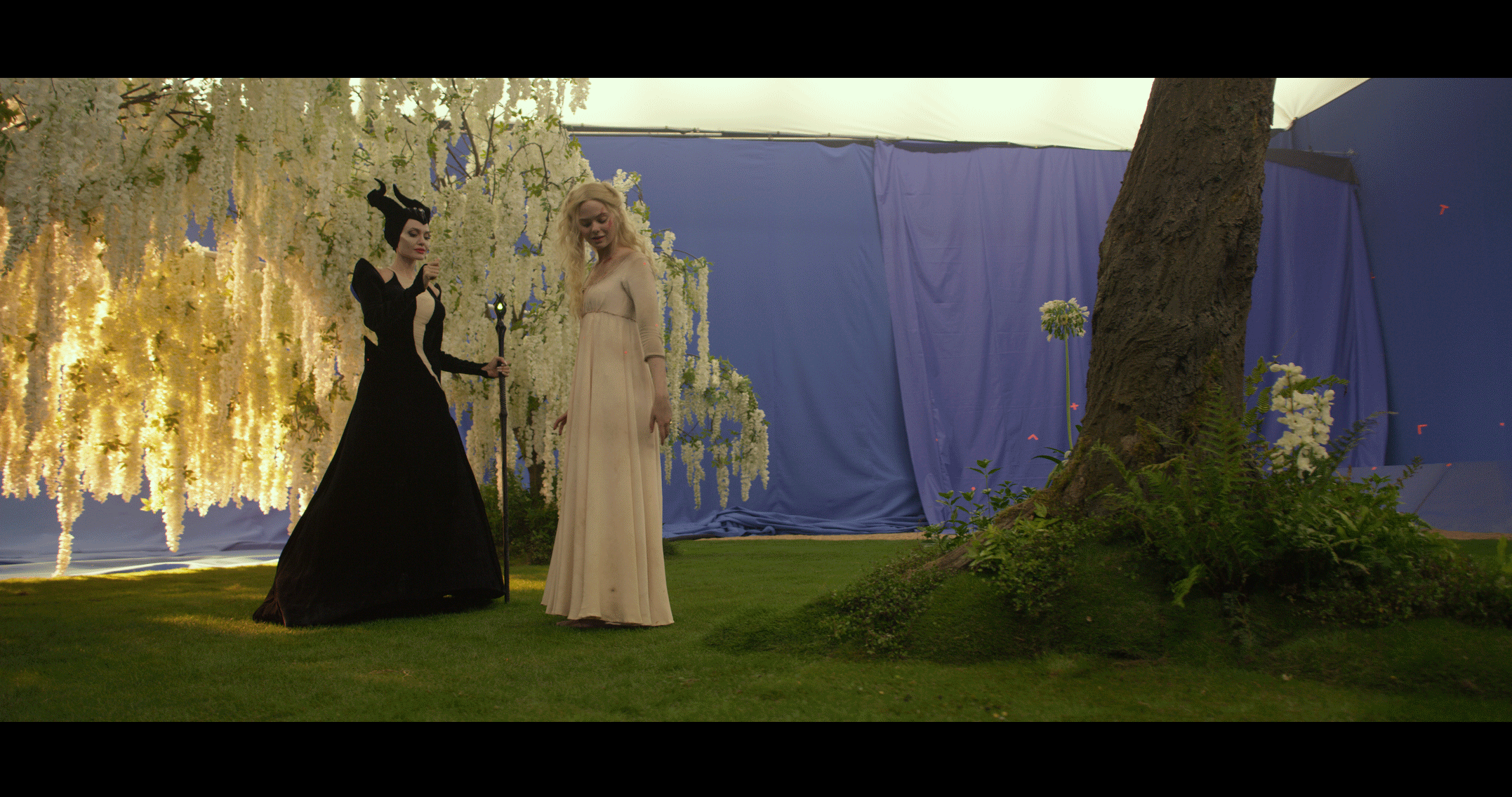
Could you tell us more about the creation of creatures?
Authier: MPC’s team did all of the creatures builds following the Director and Gary’s concepts. We had the mandate to bring the creatures to life within different sequences and ensure that everything was at Disney’s quality standard.
The movie consists of a lot of enchantments and spells, could you tell us how the studio has created it?
Bossis: Mill Film worked on the weaving together of Aurora’s [Elle Fanning] wedding dress for the wedding scene. At the beginning of the project, I remember Gary briefing Laurent Gillet [Mill Film VFX Supervisor] on this shot. The conversation went something like this. For reference, Laurent has a 17 year old daughter [Gary knows this].
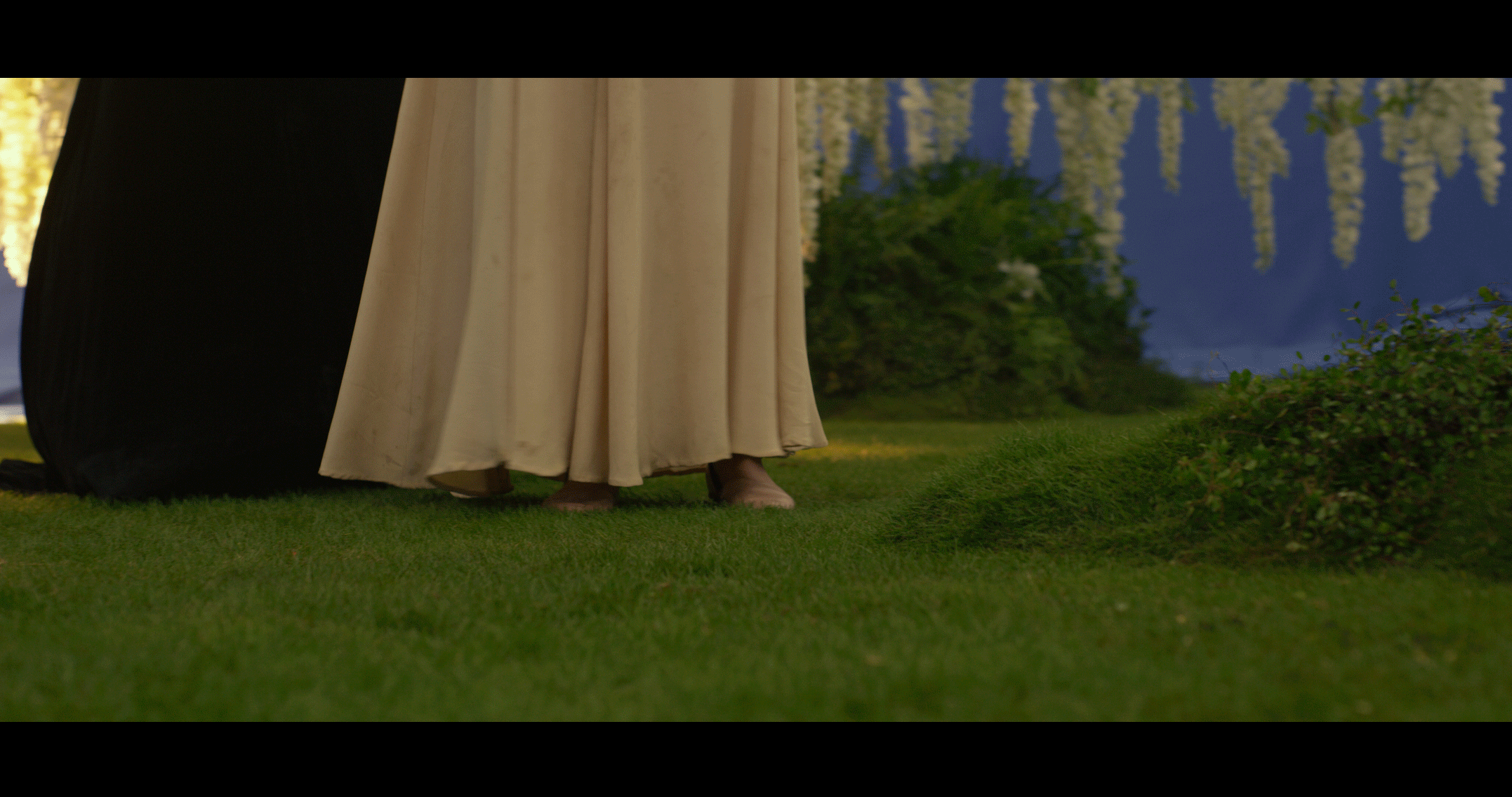
Could you share how the team has created such a surreal and mesmerising experience?
Authier: I think part of the experience of this movie comes from both studios collaborating so closely with one another. Working closely with our sister company allowed us to achieve a Disney-quality project and deliver a seamless vision for our client. From a production standpoint, that’s everything we can hope for.
How many blue screens and green screenshots are there in the movie?
Bossis: I think we had about 100 shots blue screen on this movie over our 326 shots
The landscapes, the small details of the characters were so real could you share how the team made it so real?
Bossis: We worked a lot on the details on 4 full CG shots which involved the dark fey island [aka the nest]. It’s an island with a snowy, windy exterior environment, surrounded by ocean. Lots of FX simulation: oceans, waterfalls and splashes against rocks in the water. The shots themselves are also very dark, which was challenging to be able to see characters against such an immense backdrop and the sheer darkness of this environment. Another challenge was to wrap our heads around the scale of this island – because we were in the middle of the ocean with no elements that could give the viewer a sense of scale. Rocks, ocean, splashes can be big or small. We ended up having to put a lot of details in our elements like little clouds trapped in the island or little elements of snowdrifts on the exterior, everything that would make it feel huge.
What were the pressure points for the team in creating the movie?
Authier: Definitely pressure around delivering Disney quality VFX in our first year of operation. Mill Film had been opened for under a year, and in walked this amazing opportunity. Needless to say, we got things into working order very quickly and the pressure of delivering such a project kept everyone on their toes.
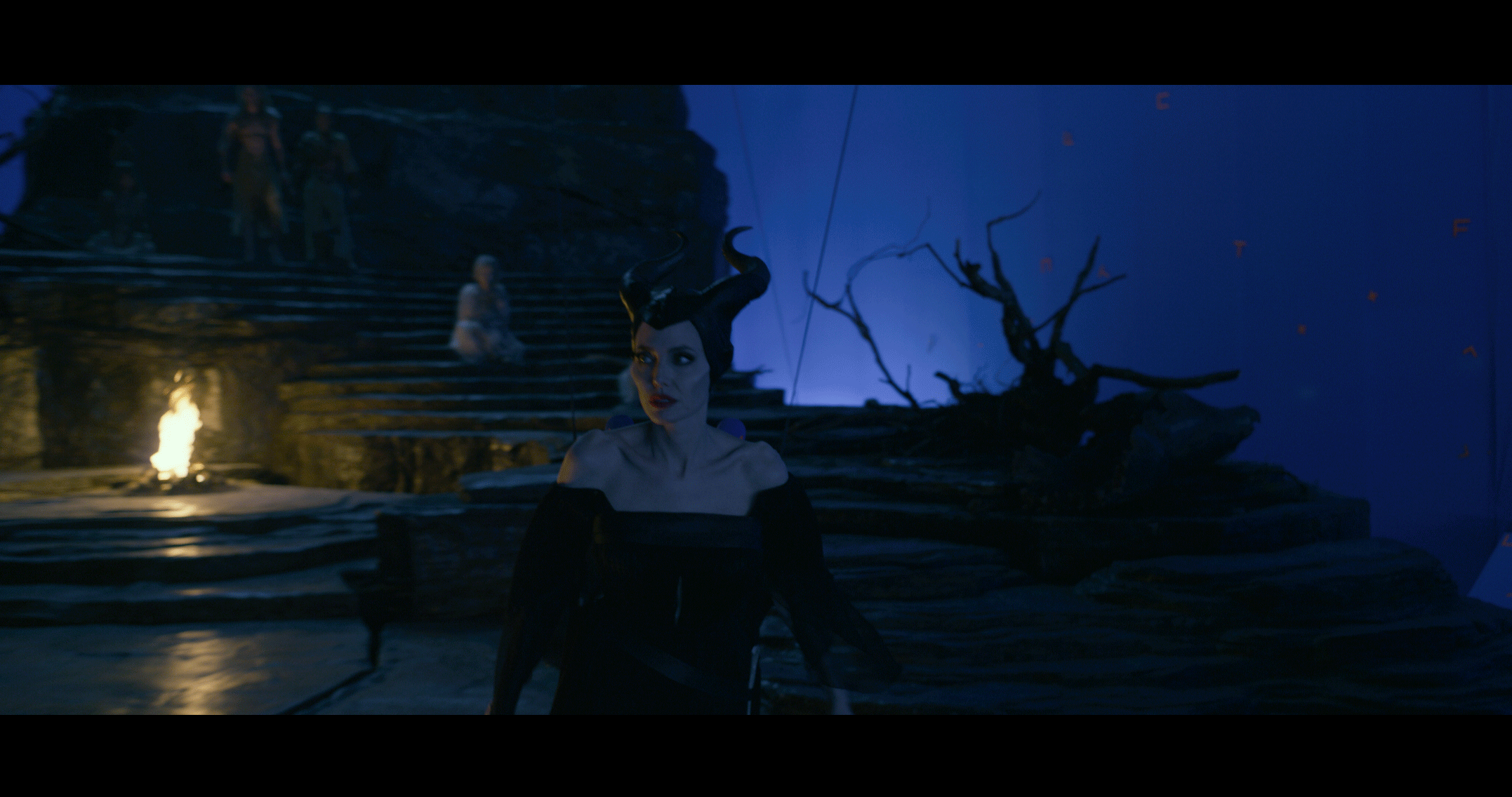
How many team members of your VFX studios were involved in the making of the movie?
Authier: 115 artists worked on the project internally including supervisors and production.
Is there a particular shot you’d like to share about? Any special VFX heavy sequence from the movie with us?
Gillet: For me, it’s the wedding sequence. This one was special. We had to tackle it late in delivery, as the environment was dependent [continuity wise] on how the battle sequence would transform/leave it. In the sequence, you’ll note a blown-out tower and growing plant arches left behind from the battle. Until those elements were finished in the previous sequence, we would not be able to carry our shots through to their final stage. The sequence ended up being a behemoth of nearly 100 shots towards the end of the project, which we prepared as much as we could ahead of it, and in the end, I’m really pleased with how it turned out.
Would you like to share any fond memories during the making of the movie?
Gillet: The last weeks of the show are always the most intense, and it’s in those moments that all the players really get to know one another. It’s in the final moments of delivering a show like this where the team spirit builds and actually helps everyone achieve things they didn’t think they naturally could. It’s a boost of adrenaline in the final mile.
Authier: I want to mention an anecdote about Matheus Marques [a senior comp artist] who brought Maleficent horns to the studio one day. I think the whole crew took pictures wearing them, and we all got to be Maleficent for a quick minute. It stands out as one of those moments, because we all got into character and had a good laugh, and release a bit of pressure during the peak of delivery.
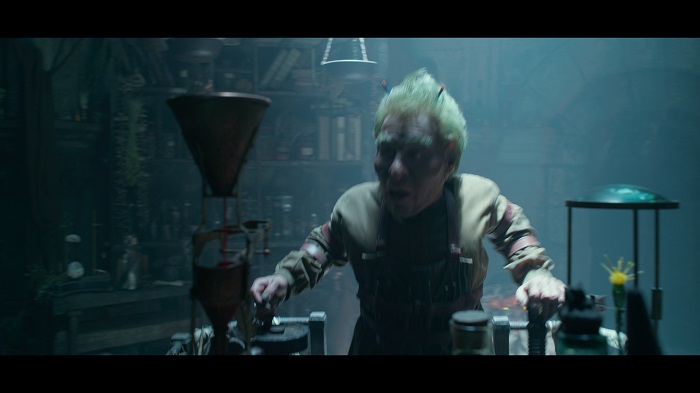
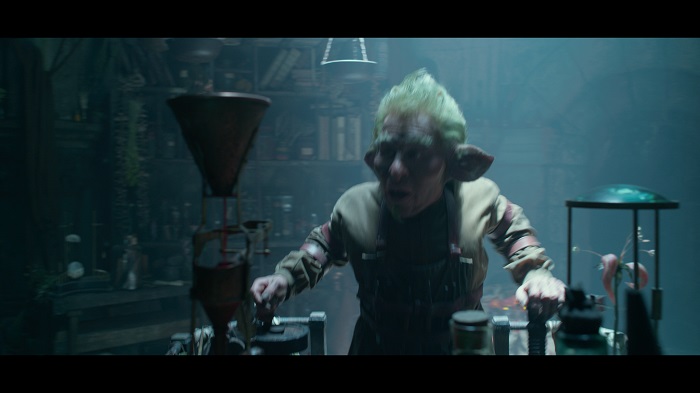
What was it like for Mill Film to work on the movie?
Gillet: It was a great show! It has shown us within our first year of existence we were able to accomplish a project as big and as ambitious as this one.
Authier: It was a great show that brought much of our crew to their next creative and technical levels. We also all built lasting relationships and acquired important knowledge to help with bigger challenges down the road! I look forward to another project like Maleficent: Mistress of Evil.
Bossis: It was the most challenging project I ever worked on. To start a company with a Disney movie in the pipeline, is not an easy feat.
We learned a lot for sure, some people had to learn a new pipeline while delivering massive shots. But we had an amazing team with passionate and talented people who worked so hard together, that we made it happen. We created a lot of friendships among this team and I am very proud of each one of the crew I had the pleasure to work with.
What I can say is everyone learned a lot during this project and gain a lot of experience.
